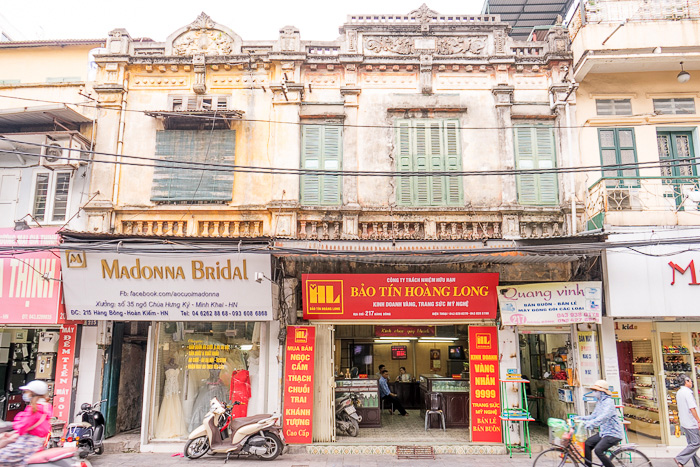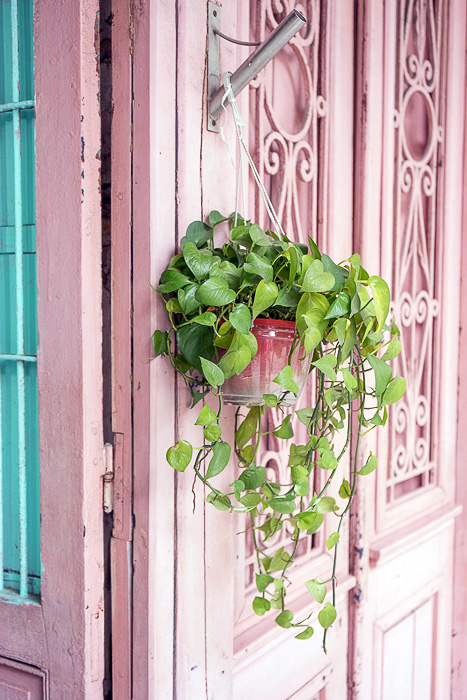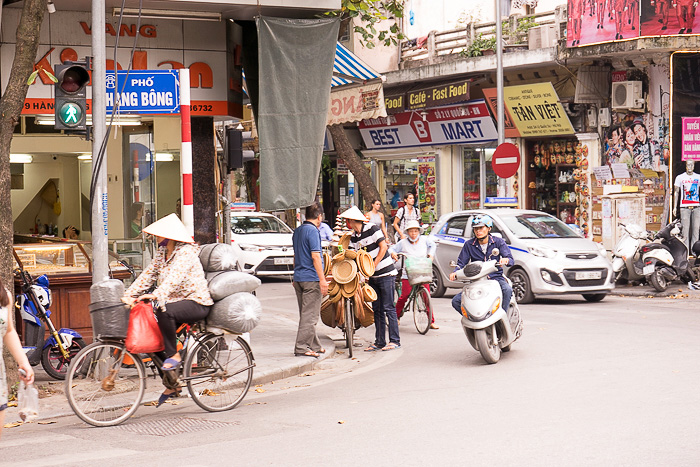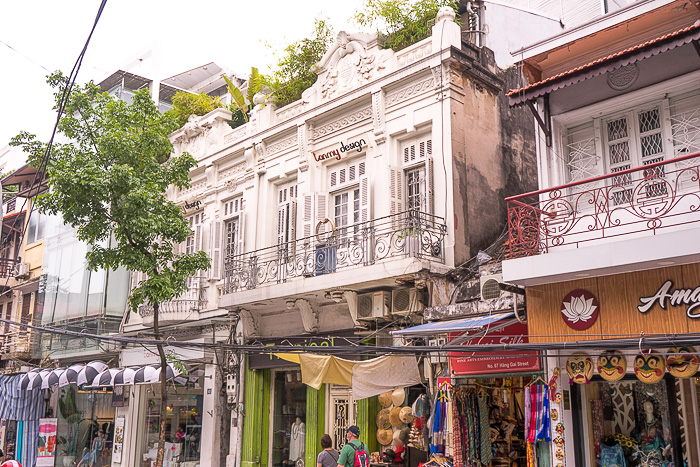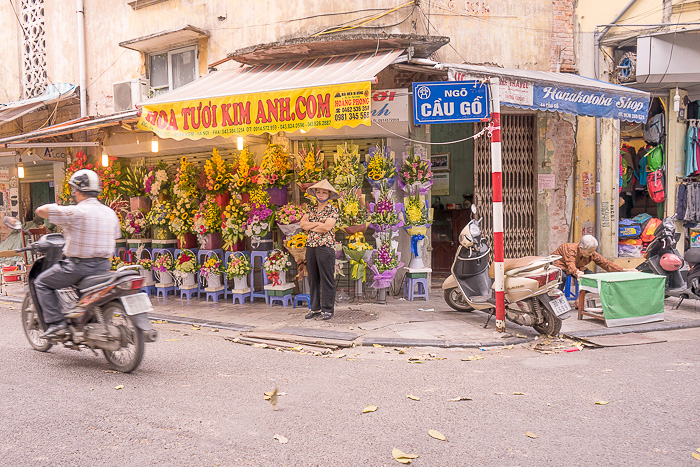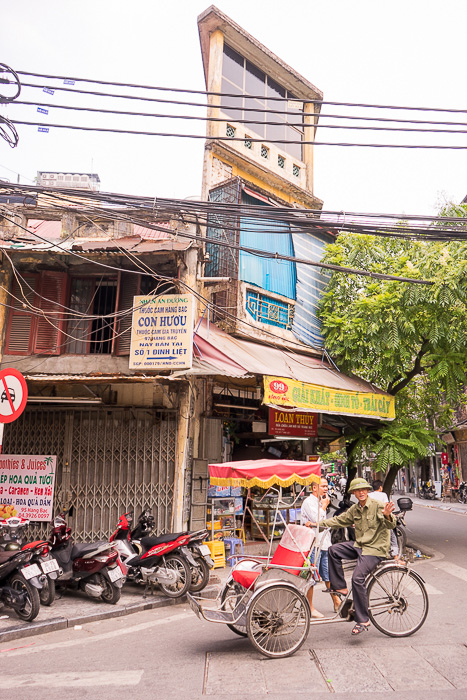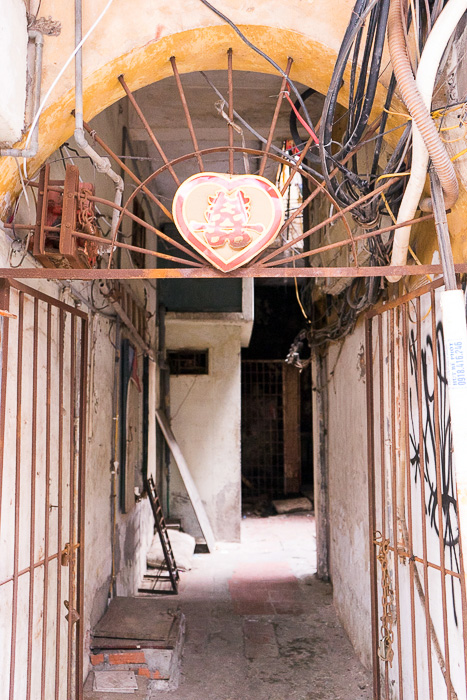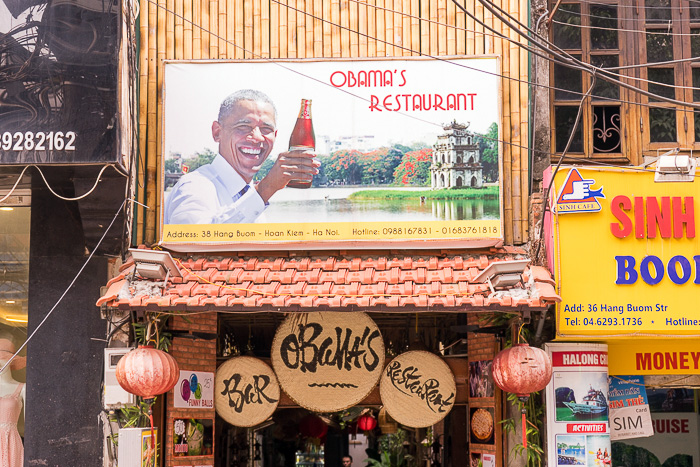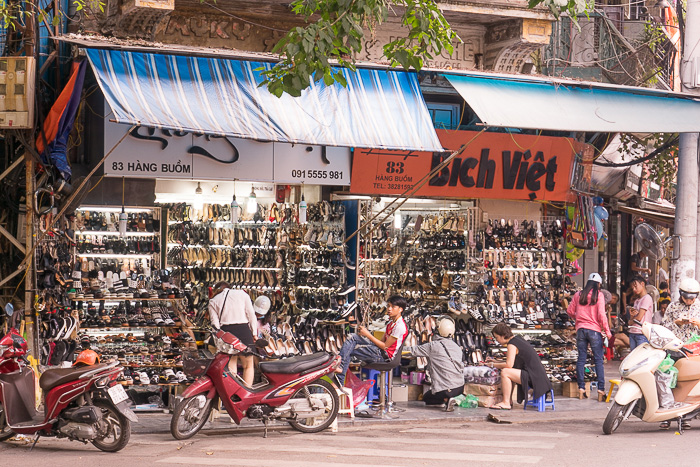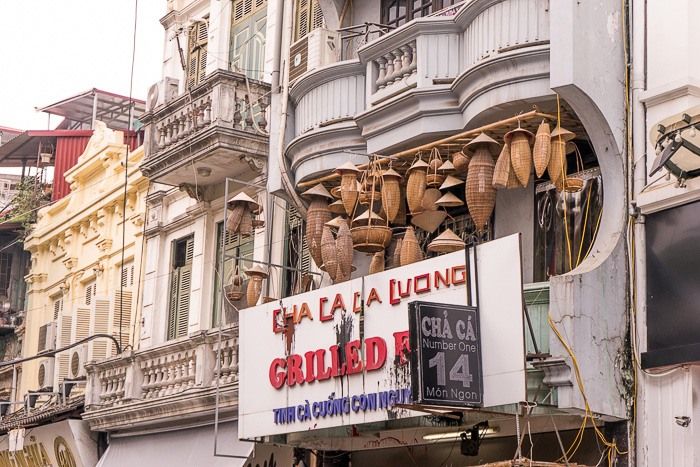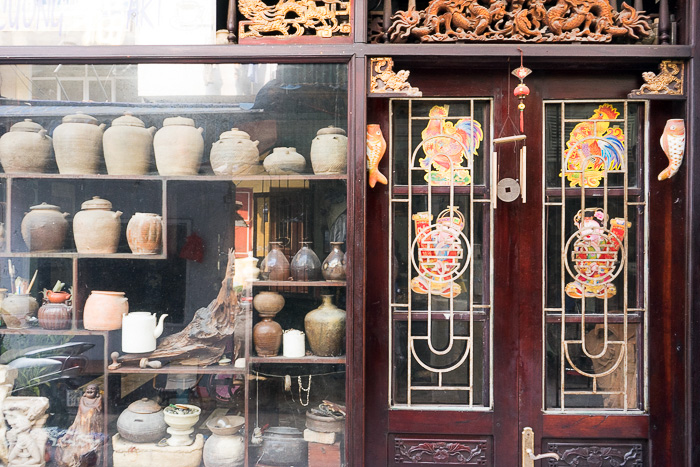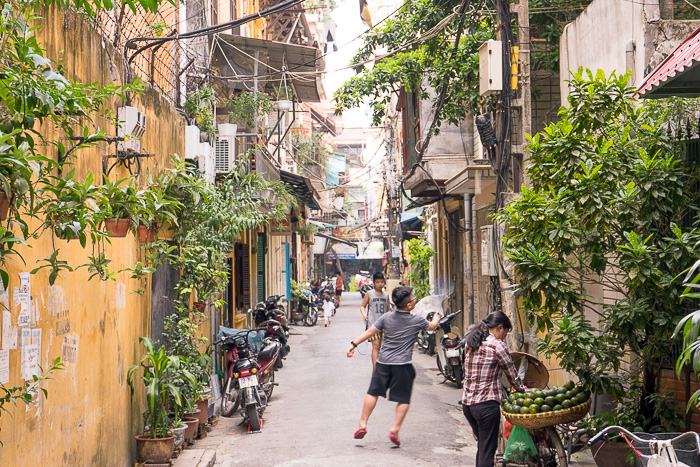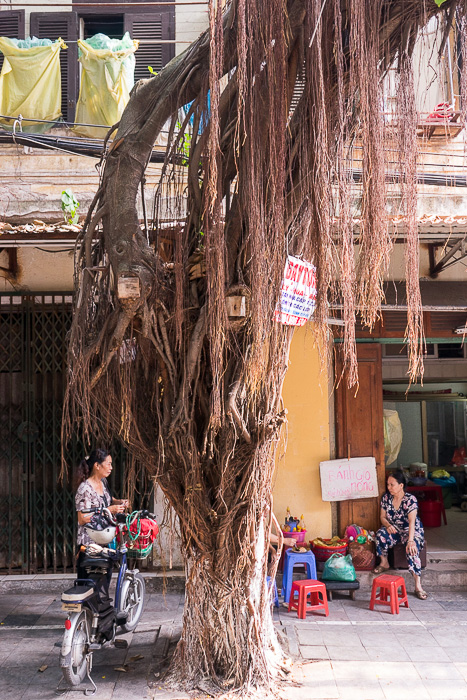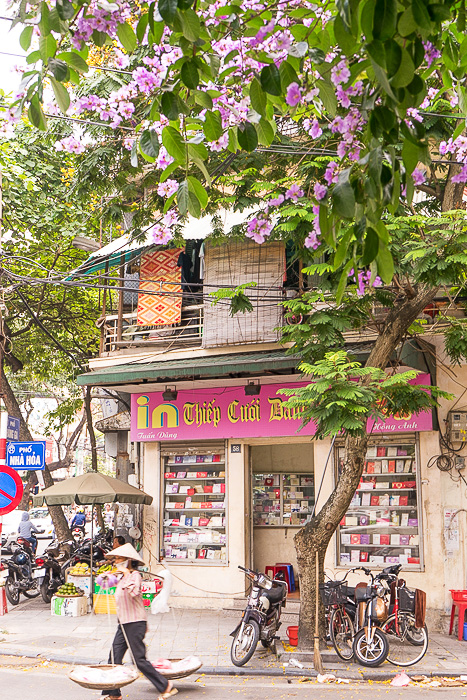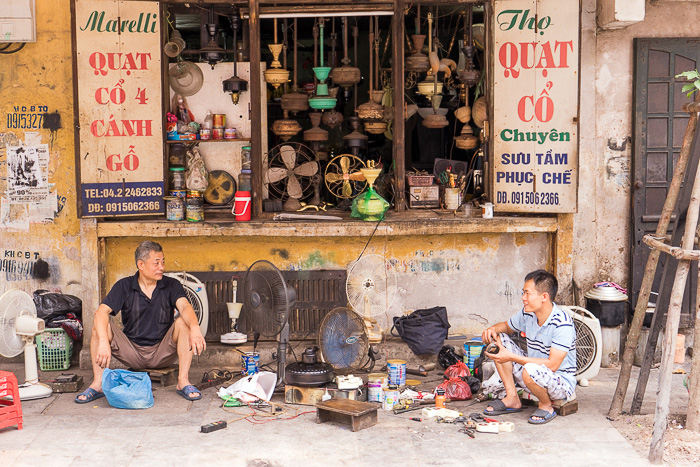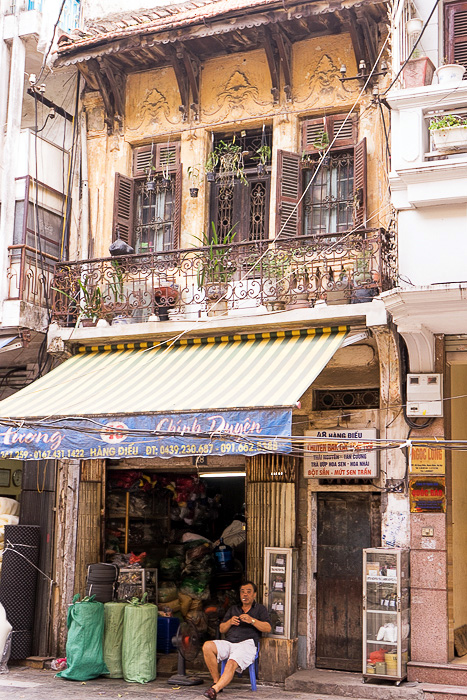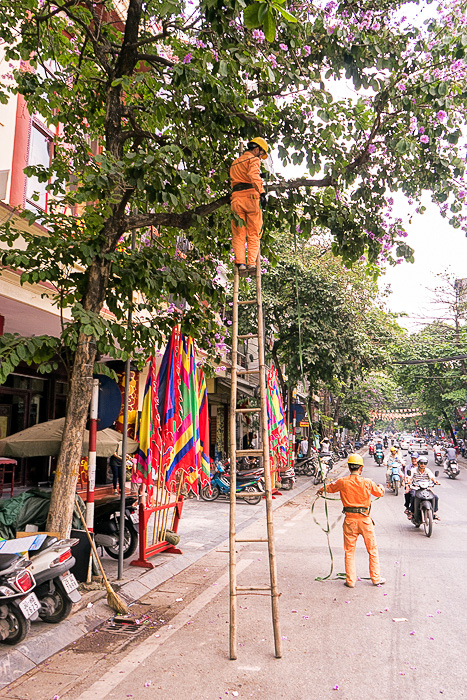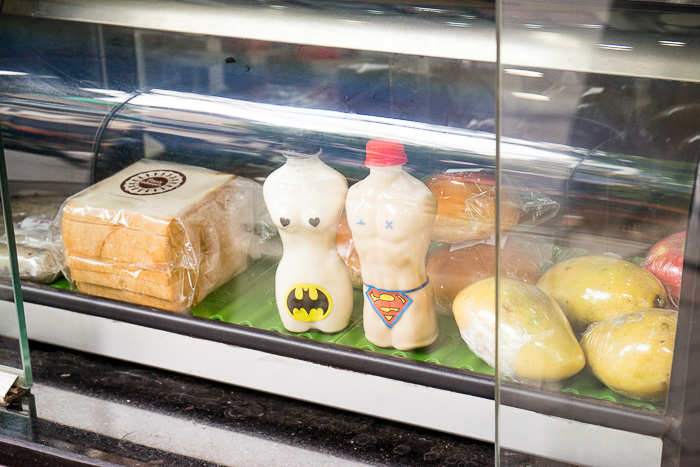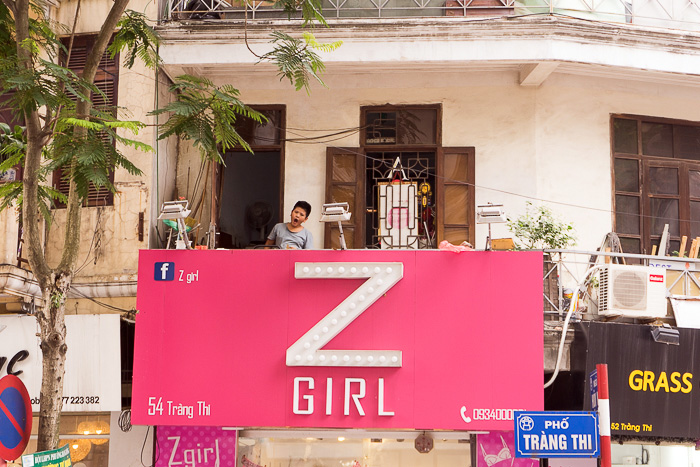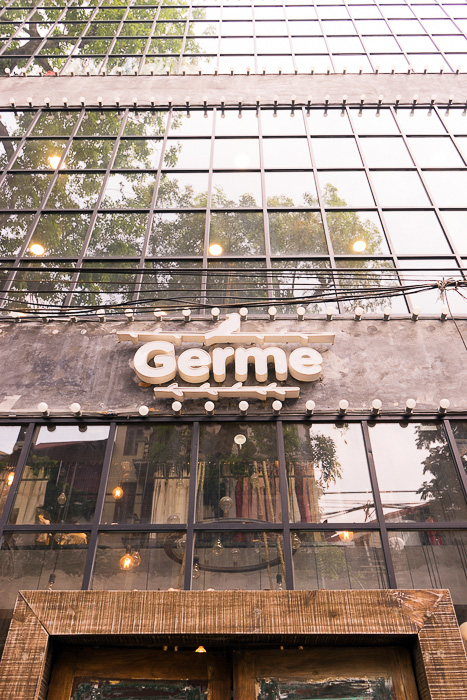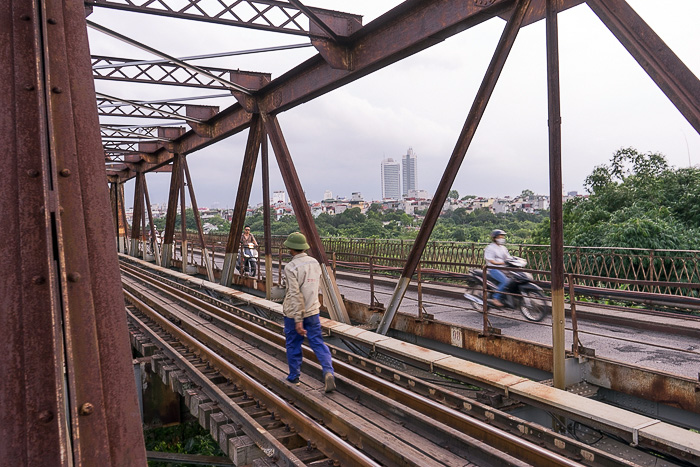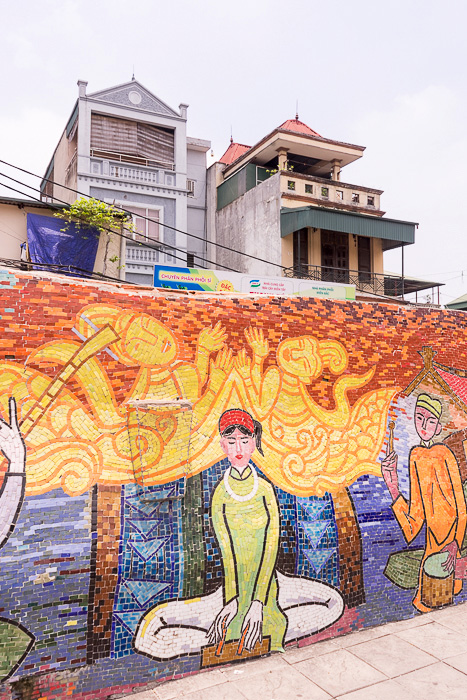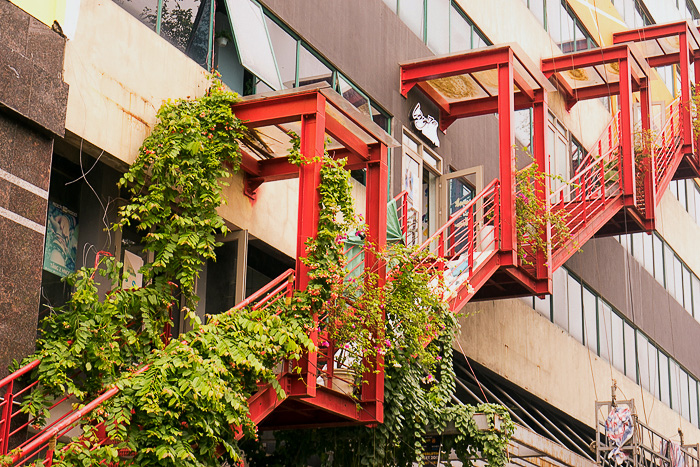Welcome to Hanoi
We named this iteration of our travel project “Hanoi For 91 Days” more for aesthetics than for accuracy; “Central and Northern Vietnam For 91 Days” just doesn’t have the same ring to it. But the truth is, we didn’t even reach Hanoi until Day #31. After a month on the road, from Hoi An to Ninh Binh, we were ready to settle into the rhythm of a city, and get back to life as normal. It didn’t take long for us to realize, though, that life in Hanoi could never be considered “normal”.
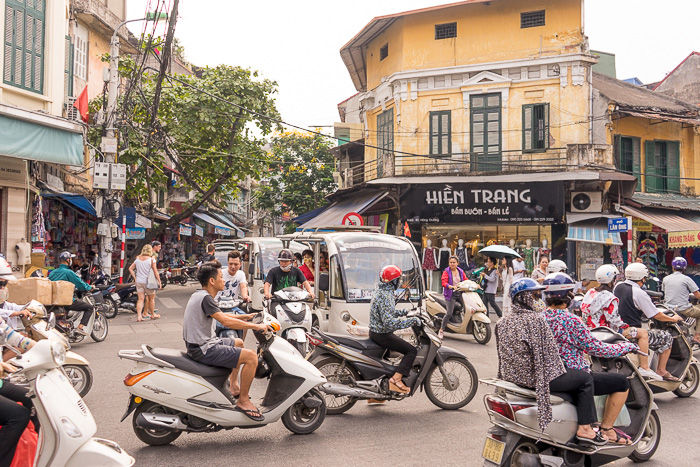
Hanoi is the capital of Vietnam, and while it might not be quite as populous as Saigon, it’s not far off, with 7.6 as compared to 8.4 million residents. It’s had a turbulent history, but has almost always been the political center of the Vietnamese people, with the main exception coming during the rule of the Nguyen Dynasty, when the capital was moved to Hue for 143 years.
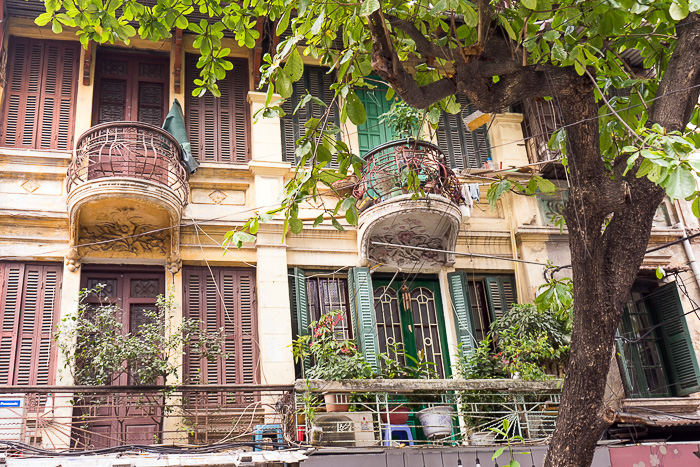
Hanoi is, by any estimation, a more “Vietnamese” city than westward-looking Saigon. More Vietnamese, and also more beautiful. Looking at the map, I couldn’t believe how many lakes there were: over a hundred within the city limits, and they all seem to be well-maintained. This is a greener city than Saigon, with boulevards lined by huge trees, and it feels more quaint. It’s impossible to walk around the Old Quarter or the French Quarter, past the Opera House, or through the winding streets lined with dilapidated “tube” houses, without falling for Hanoi’s abundant charms.
Yes, Hanoi is lovely and charismatic… but after our first two days in the city, we weren’t feeling it. What was wrong?! In Saigon, people had warned us that the northern Vietnamese were colder and less fair with foreigners, but we figured this negativity was an exaggerated manifestation of southern pride. “They are so mean, and we are so nice.” But, sadly, it’s true. Within the first 24 hours, we were rudely booted from stores, blithely ignored while asking directions, and ridiculously overcharged for meals. Hanoi might be beautiful, but she was turning out to be a bitch.
First impressions are important, and Hanoi definitely failed to win us over. But by the end of our first week, our attitudes were starting to change. The disappointment of our dashed expectations evaporated, and we began to accept Hanoi for what it was.
For instance, we stopped expecting Saigon-level openness from the locals. And what a surprise: we discovered that the people of Hanoi aren’t really “unfriendly” (and how pointless it is, we reminded ourselves, to label the entire people of a city in this way). They do have more of a tendency to be guarded, but on a deeper level, are just as friendly as people in Saigon or Berlin or New York or anywhere.
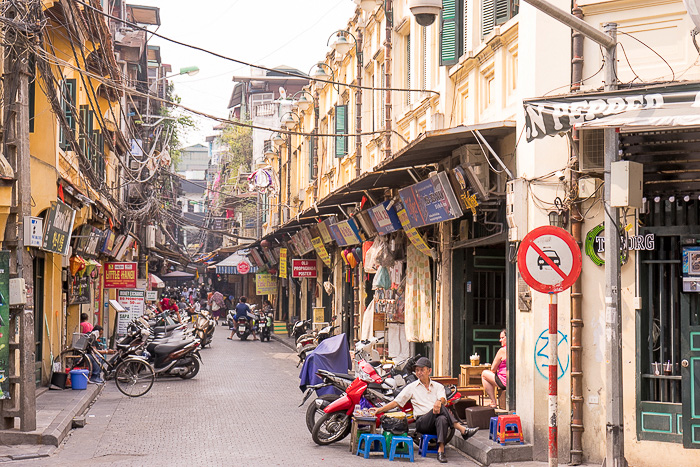
And soon enough, we realized that we should stop eating in the Old Quarter. In touristy zones, restaurants apply a “foreigner tax”. Sometimes, we’d be charged twice as much as the locals — we knew this, because we’d ask neighboring tables how much they had paid for the same plate. It was infuriating, but once we started patronizing food stands and restaurants outside the center, we encountered the low prices and relaxed attitudes we’ve come to expect from Vietnam.
Over the course of two months, our feelings toward Hanoi would continuously evolve. Sometimes, we’d have the most incredible days, exploring the Temple of Literature, for example, or the neighborhood of Văn Chương. And then, the very next day, something would make us so angry, we’d almost consider leaving the city for good. Hanoi is definitely more complicated than Saigon… and though we’d never love it in the same way, it did provide some unforgettable moments.
–Book Your Old Quarter Hotel Here

